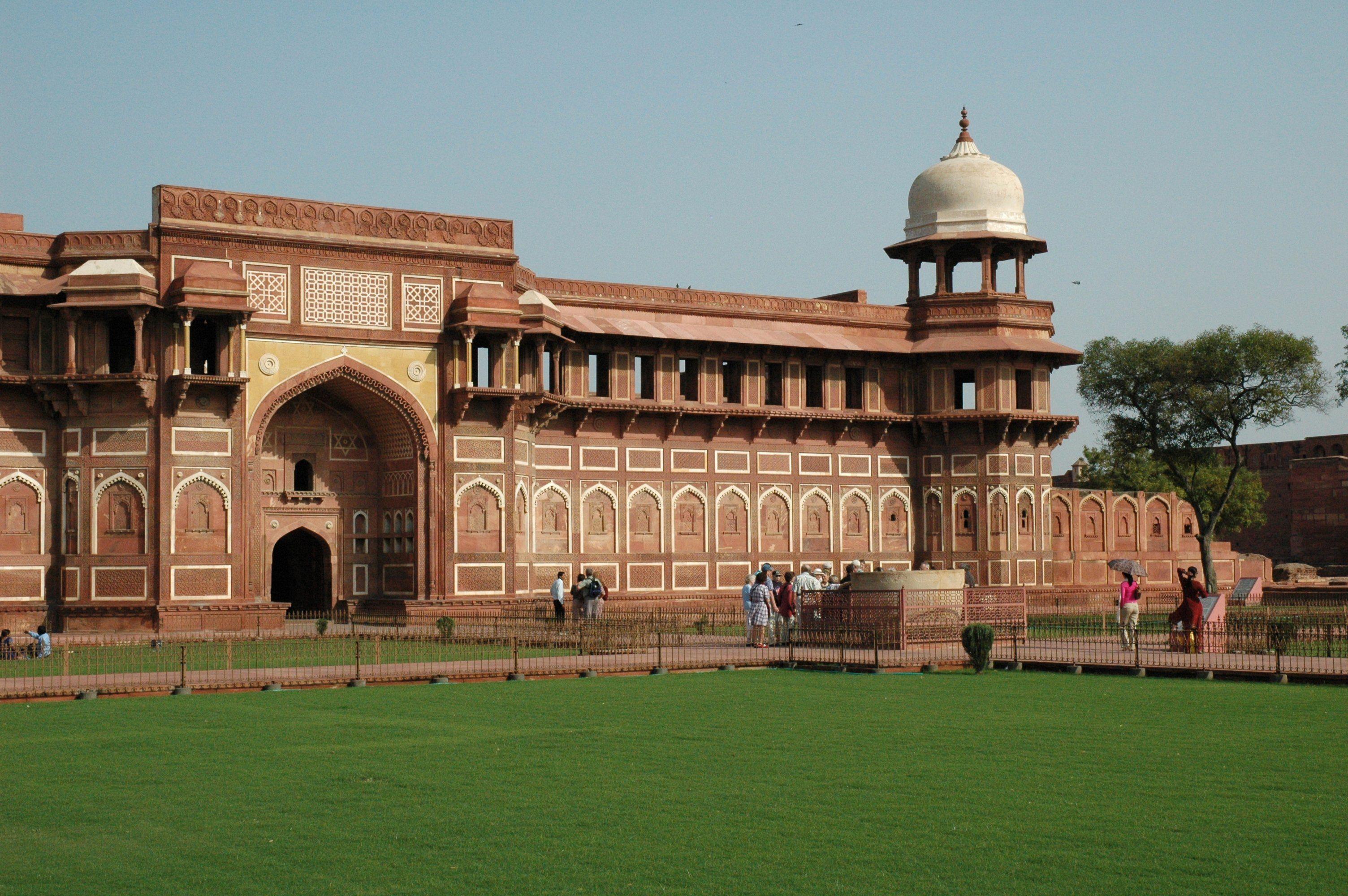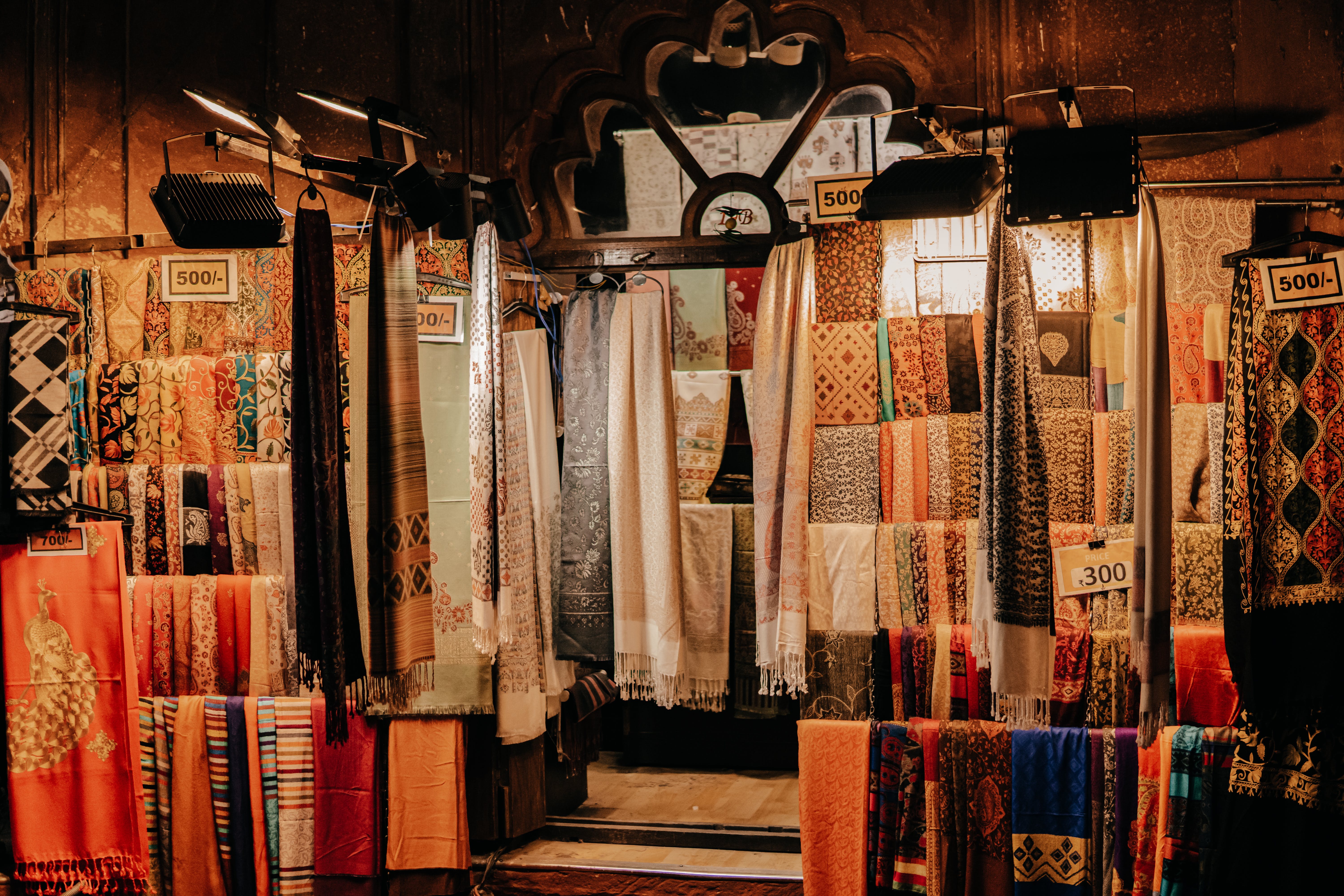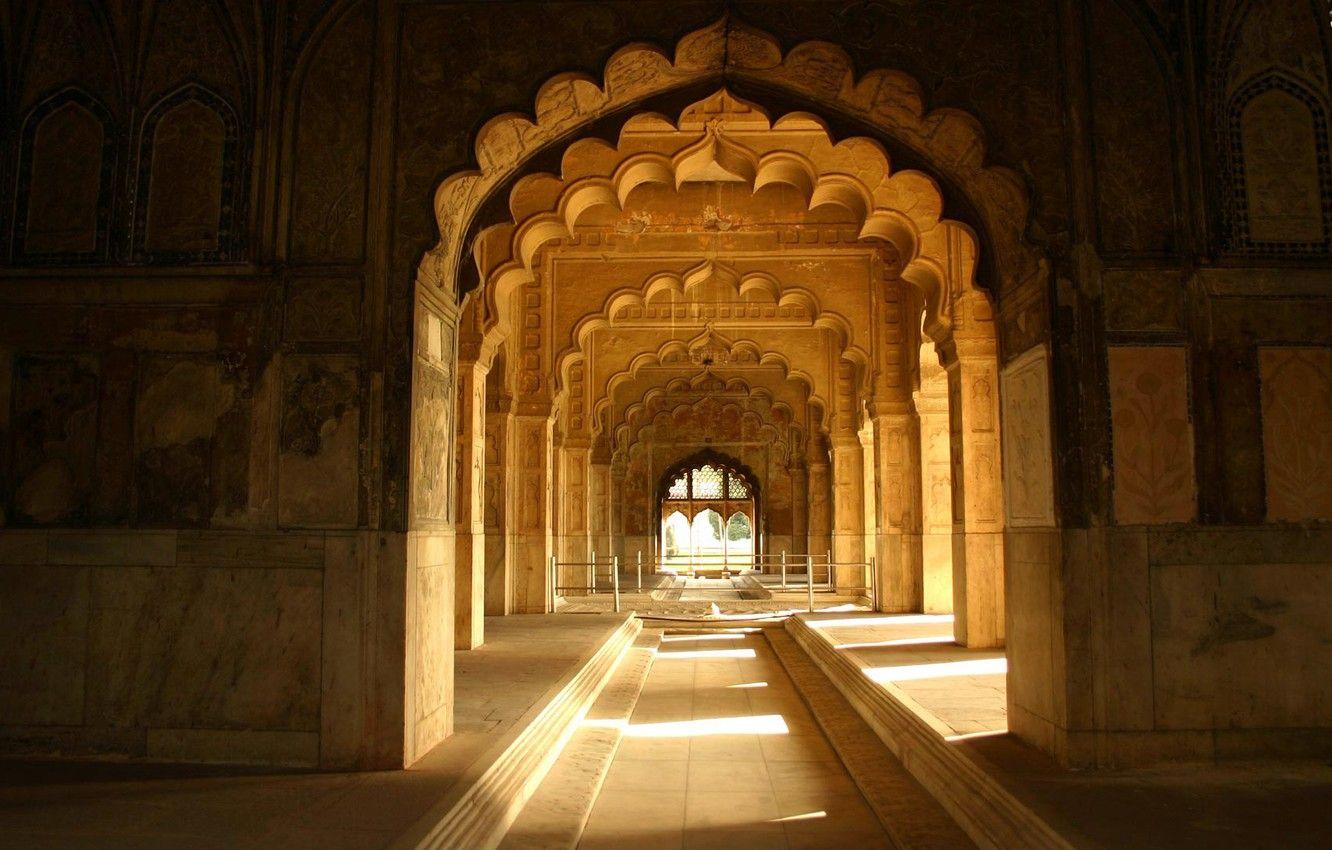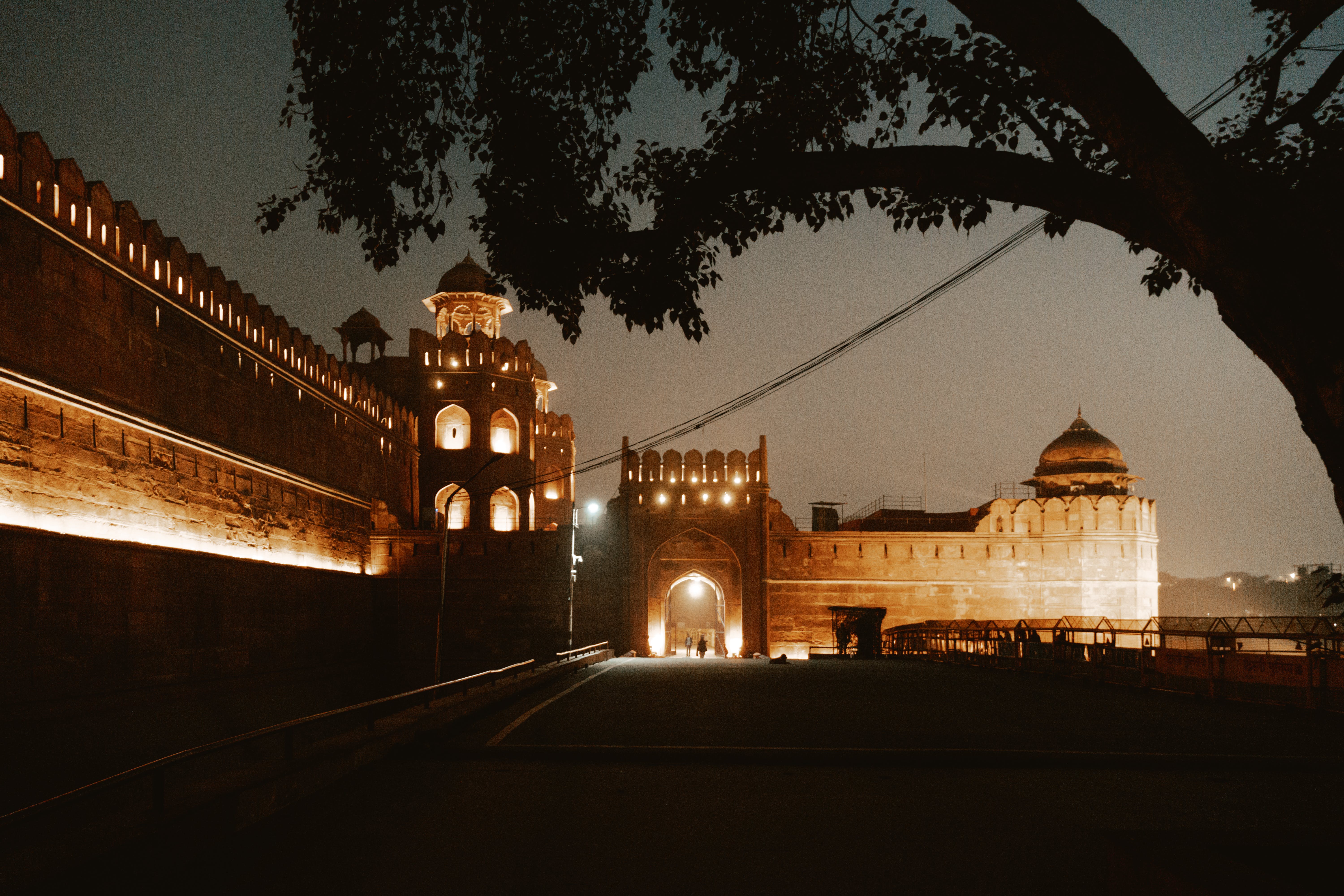Red Fort, Delhi
Red Fort, Delhi
The Red Fort, also known as Lal Qila, is an iconic historical monument located in the heart of Delhi, India. It was built by the Mughal emperor Shah Jahan in the 17th century as the main residence of the Mughal emperors. The construction of the Red Fort began in 1638 and was completed in 1648.
The Red Fort derives its name from the massive red sandstone walls that surround it, which were built to provide security and protection. The fort complex covers an area of approximately 254 acres and is enclosed by walls that are over 2 kilometers long.


Within the fort, there are numerous palaces, halls, gardens, and other structures that showcase the grandeur and opulence of the Mughal era.
One of the most prominent features of the Red Fort is the Diwan-i-Aam (Hall of Public Audience) and the Diwan-i-Khas (Hall of Private Audience), where the emperor would meet with the public and his courtiers, respectively. The fort also houses the Rang Mahal (Palace of Colors), which was the emperor's private residence, and the Moti Masjid (Pearl Mosque), a stunning white marble mosque located within the complex.
The Red Fort served as the center of Mughal power in India for centuries until it was captured by the British in 1857. Today, it is a UNESCO World Heritage Site and a major tourist attraction in Delhi, attracting visitors from around the world who come to admire its impressive architecture and learn about its rich history. The fort is also the site of the annual Independence Day celebrations in India, where the Prime Minister hoists the national flag and delivers a speech from the ramparts of the fort.



